Sometimes, less is more. The quality of our exercise is exceedingly more important than the quantity, especially when you’re trying to gain muscle!
When I first got into fitness, I thought the equation was pretty simple: do a lot of activity, as much as possible, and I’ll be fit. Surely, skateboarding, bussing tables, manual labor, football and wrestling all helped shape a fit body. However, this was a very limited view of fitness.
What I didn’t realize – among the many things I didn’t realize – is that behind the scenes, I was burning myself out. My exercise was excessive, and though I enjoyed the endorphin high of 2-hour workouts, long runs, and reps to fatigue, if I really looked deep, I was relying on pure willpower.
It helped being young and healthy; this gave me extra doses of willpower. However, the day came when after years of bodybuilding-style workouts, distance running, and other high-endurance workouts, I crashed.
During that time, I learned a few golden nuggets of wisdom about fitness and health, ones that are much more substantial, and ironically much healthier. So I give to you the dos and don’ts of fitness…
Exercise Don’ts
It seems before we find the best solutions, we make our way through some of the worst. In other words, by discovering what not to do, we finally find what to do. For me, there were a few limiting beliefs and habits I fell into that slowly sabotaged my fitness and health. Here’s what I learned:
1. Fit does not always mean healthy
If you would have asked me years ago what it meant to be healthy, I would have probably taken my shirt off. I somehow pigeonholed the entire topic of health into physical appearance. I honestly thought that as long as I was fast, strong and looked good that I was healthy. It wasn’t until my mood began to dwindle, my skin broke out, and my overall zest for life was bent that I realized the truth – fit does not equal healthy.
In fact, some of the healthiest people in the world are overweight according to America’s standards. The Serbian, Russian, and Inuit people, for example, have a generally thicker, heavier build; however, they are some of the smartest people. They live the longest and radiate health and beauty. This same phenomenon is displayed through the triathletes who drop dead from heart attacks, professional NFL players that die at age 45 and myself, a young 21-year-old who worked out daily and ended up with a broken HPA-axis and digestive system.
If a fitness routine isn’t bringing about a more resilient life, then chances are, it’s taking away from it. The end goal of exercise should be improved health – zest for life, vigor, happiness, serenity, love, mobility and so on.
2. The true meaning of exercise
It would have been helpful to know the true meaning of exercise before I got into it. We can only succeed at understanding a subject when we understand its terminology. As I just mentioned, I previously thought healthy meant six-pack abs. My idea of exercise was equally as fragmented. It only made sense that I used to think it wasn’t exercise unless I was drenched in sweat and looked good immediately after.
You can see the problem here. I adopted the no pain, no gain mentality – working myself into an energy deficit every time I got active. Today, my idea of exercise has shifted into something much more holistic, playful and healthy. In short, and something I feel most people could agree on, is that exercise is any activity that encourages a positive physiological adjustment that acts to improve fitness and health. What I mean is, exercise should bring about positive effects on both health and fitness; it should enhance the overall quality of your life. However, most of us work out with the “no pain, no gain” mentality. Essentially, we are overworked and sleep-deprived – hence the epidemic of adrenal fatigue.
The good news is, this simplifies things greatly for us. Exercise does not have to be draining, torturous or at all unpleasant. In fact, by definition it is supposed to be enjoyable. “No pain, no gain” only leads to more pain and no gain.
Surely you could force off some extra weight via rigorous bootcamp style workouts. However, in the long run, you’ll shut down your adrenals and thyroid, destroy your digestive system and weaken your overall immunity. I don’t know about you, but this doesn’t sound like health.
Exercise Dos
Hopefully by now you can see a much healthier way to go about exercise. The truth is, regardless of our goals, it is possible to gain muscle easily without excessive hours of activity. Here are a few shortcuts for putting on muscle that I’ve picked up over the years:
1. Health is the goal
The goal is not just to gain muscle — overall health is the most important! When we make the end goal of exercising one that focuses primarily on health, things become much easier. I’ve seen many of my clients reflect the old fitness freak in myself too many times to count. When focused on weight loss, the image in the mirror or some other hidden insecurity as the primary drive behind working out, it only leads to very unhealthy relationships with fitness. This behavior and thinking causes a broken mind-body connection, which leads to things like eating disorders, obsessive working out, chronic fatigue and body dysmorphia. When health is the goal, exercise becomes fun again. If you don’t think you can gain that muscular physique by having fun, then I invite you to open your minds. Look at gymnasts, dancers, parkour athletes, surfers, yogis and so on. These are all perfect examples of people who focus less on the image and more on the feeling. Think less; feel and move more. When you’re working out and feeling good about it, your body releases even more endorphins, which leads to a healthy way to gain muscle, lose weight and increase your vigor.
2. Keep it brief
Before your workout, set the intention of having a shorter window of exercise. Shoot for 15-20 minutes and you’ll set up your mind to be more effective – time fills space for time allotted. In other words, if you go into a gym with 1 hour to workout, you’ll work out for 1 hour and possibly not accomplish much. However, you could very well do what you would in 1 hour in 15 if you know the right workouts.
We’ll get more into types of workouts in a minute, but just to give you an idea, consider the difference between a set of floor crunches compared to one good pull-up. A pull-up engages your entire body and you essentially can’t cheat your way through a pull-up as easily as you can with a crunch. Generally, one perfectly-performed workout will be much more effective than a thousand sloppy ones. Also, because working out is a stress – and most of us are over-stressed – it’s a good idea to shorten the time of stress we give ourselves.
3. Be spontaneous
Overall, the more fun your fitness is, the more effective it will be. Never get caught up in a rigid routine, it leads to inflexibility and eventually has diminishing returns of muscle atrophy. It is always best to implement spontaneity into your routine to keep your muscles, joints and ligaments active but not overworked. This is the principle of muscle confusion, which is demonstrated prominently in the great movers such as dancers and gymnasts – who just so happen to have some of the most world-class physiques. If you want to be great and gain muscle, do like the greats do!
4. Get your diet right
The funny thing here is that out of all the things we can do to gain muscle, exercise is ironically not number one. In fact, 80 percent of what determines how our bodies look comes from our diet. Sleep and exercise are the other factors.
The reason diet has such a huge impact on our body shape is because of how much it influences our hormones. It is our hormones which make us lose or gain muscle, not exercise directly. Exercise is a means to influence our hormonal system, and so is diet. Proper exercise can do a number of wonderful things for our health such as improve insulin resistance, reduce cardiac disease and balance stress levels.
Diet will have an even greater effect on these things, so it’s important to consume a healthy diet. If you’re eating a Paleo diet already then you’re leaps and bounds ahead of many. Upgrade your Paleo diet by upgrading your gut bacteria — the other most important factor in your body shape. At the core, gut flora will determine whether you are obese or fit. You can upgrade your diet by focusing on prebiotic foods (foods that feed gut flora), which are rich in polyphenols. These include raw cacao, coffee, and bright, colorful vegetables. Also, experiment with fermented foods; especially ones made with brightly colored vegetables!
When your overall stress hormones are balanced in favor of helping you gain muscle, you will be in a metabolic state. While exercising or stressed, we are in catabolic states. It’s important to consume a pro-metabolic diet rich in healthy protein sources, anti-inflammatory fats, prebiotics, and probiotics to ensure our bodies stay out of catabolism as much as possible. If you turn your body into a metabolic machine, then all of your exercise efforts will be that much more effective. You’ll be able to work out less and gain muscle.
5. Make daily appointments with Dr. Quiet
Paul Chek advises that the only four doctors anyone ever needs are Dr. Diet, Dr. Quiet, Dr. Happy and Dr. Movement. I teach this to all my clients and friends, and personally the doctor I see most neglected is Dr. Quiet. This doesn’t refer to sleep alone, but overall finding quiet time each day. I am not referring to the quiet time spent standing in line at a store not talking.
The type of quiet time I am referring to is total silence. Noise is pollution and a stress in heavy doses. Think about how much sound is going on around you at all times compared to the silence experienced deep in the woods. I feel this is very important because overall, gaining muscle is a process of balancing stress. When we are overstressed, we are in catabolic states and even exercise becomes more of a stress.
Almost everyone, especially athletes, would greatly benefit from an hour of quiet time each day. Not only would health improve, but so would muscle gains. Remember, we do not gain while working out; all gains are made out of the gym, usually while sleeping or during other states of deep rest. I would recommend referencing my article on sleep to make sure you’re getting the most of out it. From there, start setting aside an hour of quiet time each day.
Make it as important (if not more) as exercise, because it is. How you get your quiet time is up to you, do what you enjoy. A few of my favorites are walks around my neighborhood – it’s a very relaxing, charming town so it works! I also enjoy sitting by the river, and naps in nature – find an open park with some grass and toss down a blanket. It’s even better in the sun; it’s one of the most metabolic and healing experiences in life! However you spend your quiet time, just make sure it’s actually quiet time, no thinking, planning or work of any kind allowed!
6. Know your purpose
If your goal is to be an Olympic runner, than you are going to have much different means to accomplishing that goal, with a much different outcome. You’ll likely be working out more. Surely, it can be done without completely ruining your body. However, you’re going to have to put in double effort for resting and healing.
Remember, working out is a stress, and if you do too much of it without sufficient rebuilding, you are bound to crash. I’m just being honest when I say to lead the life of a professional athlete is usually a less than optimally healthy choice – but to each their own. You can still apply some of these tips, which can help knock off some workout time.
On the other hand, if your purpose for working out is to be optimally healthy and live a good life, then you’ll see it’s a much simpler task to put on some lean muscle without killing yourself. By knowing your purpose for working out, you can be clear on where you may be overworking yourself and then proceed to decrease overall output and improve your recovery (input).
Now that you have the groundwork for becoming a metabolic machine, we can talk about a few of the most beneficial workouts. These exercises are in alignment with the definition of exercise that I stated previously.
- Compound Movements: Weight training is one of the healthiest forms of exercise next to body weight work. It is always best to choose exercises that are as functional as possible. The last thing you want to do is train your body to perform some strange movement you’d never find yourself doing in day-to-day life. Compound movements make sense in terms of mobility and, because they engage the entire system, they are very metabolic. The most effective compound movements are: seated rows, chest presses, pull-downs or pull-ups, overhead presses, leg presses and squats.
- HIIT: This acronym breaks down to High Intensity Interval Training, for those who don’t know. HIIT also engages the entire body; giving you the benefits of cardio and strength workouts all in a minimal amount of time needed. My favorite way to do HIIT is sprinting. Called “spring 8s”, all you do is sprint back and forth 8 times. The trick is in the intensity. Simply sprint as fast as you possibly can for half a minute (30 seconds) straight. I like to set a distance, as it makes it easier for me mentally to race towards an object or finish line. You could also just use a timer. When you’re finished, rest for 90 seconds trying to calm and regulate your breathing and heart rate as much as possible. The goal is to get your heart rate up as high as you healthfully can then bring it down low as you can. Repeat this for 8 sprints total and you’ll have the most beneficial workout of your life all in 15 minutes.
(Related: 10 Effective HIIT Workouts)
One Last Tip to Help You Gain Muscle
There is research that shows the remarkable benefits of fasted workouts. Fasting is actually one of the most ancient healing practices in the world. It’d only make sense that, when done correctly, it could also improve our workouts and help you gain muscle.
The anti-aging benefits of fasted workouts include: increased HGH (the youth hormone), improved insulin resistance, normalizes hunger hormone levels, lowers triglycerides, and reduces inflammation.
The best way I’ve found to do this is to work out first thing in the morning after slowly waking. You must be fully rested to do this, though; otherwise it will just put a burden on your body. This could be a sign of adrenal exhaustion.
Use your energy as your guide; if you’re not feeling fully rested, then stick to light movement on an empty stomach. If you need some nourishment, then keep it liquid and you will still receive many if not all of the benefits of a fasted workout. Just skip the carbs.
Try a Bulletproof Coffee for breakfast followed by some HIIT and you’ll experience a workout unlike any other!
The key takeaway here is that exercise itself does not help you gain muscle, it is in the quality of rest in which we repair and grow. Exercise (done correctly) is very important, but balancing your overall stress load is much more important!
Hopefully, you’ve found these tips helpful and you’re confidently on your way to becoming a metabolic machine that can gain muscle easily!
(Your Next Workout: How To Exercise Without Equipment)


 Creamed Collard Greens
Creamed Collard Greens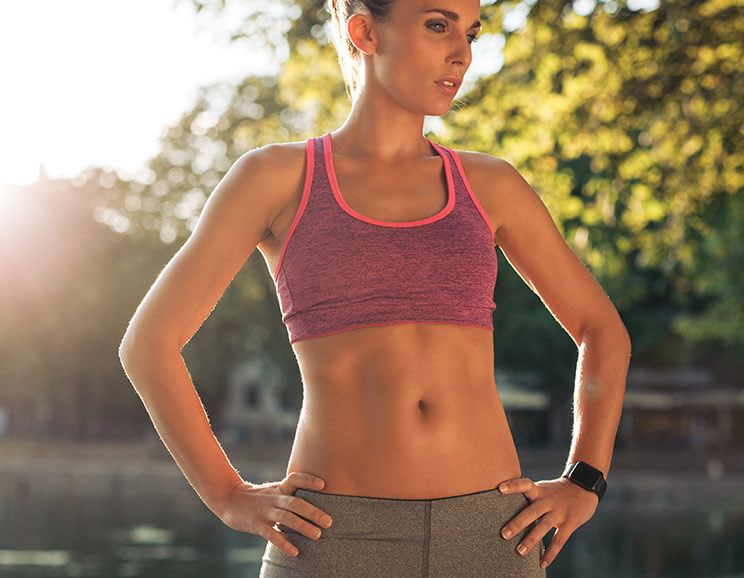

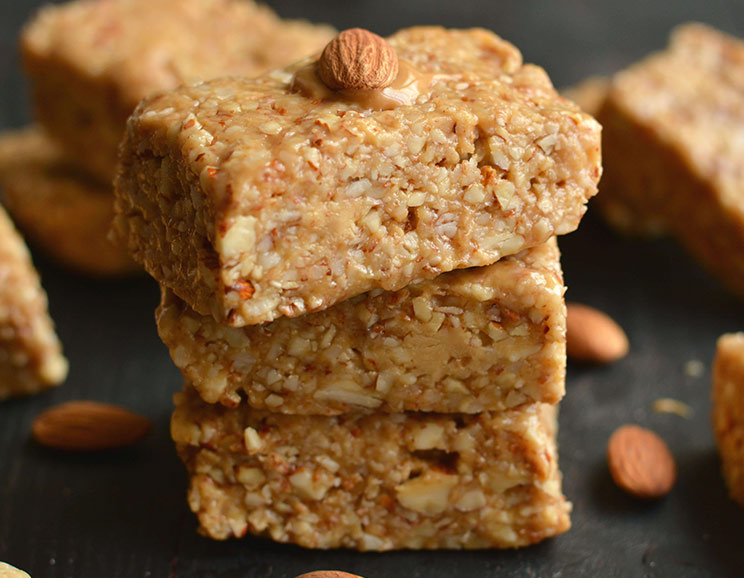
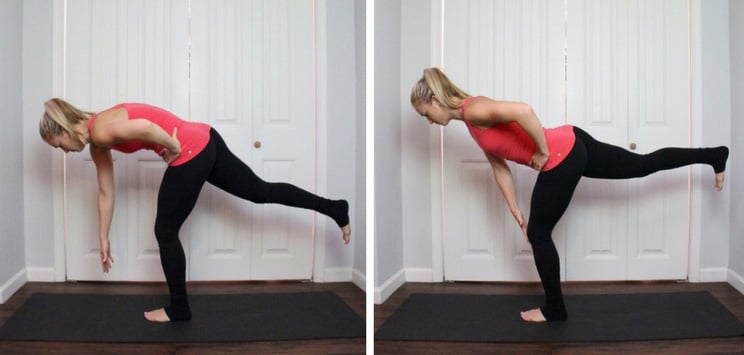
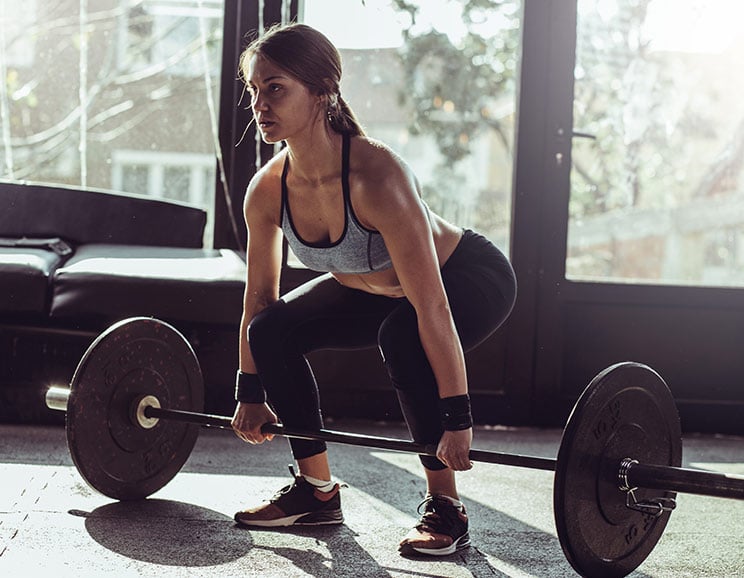

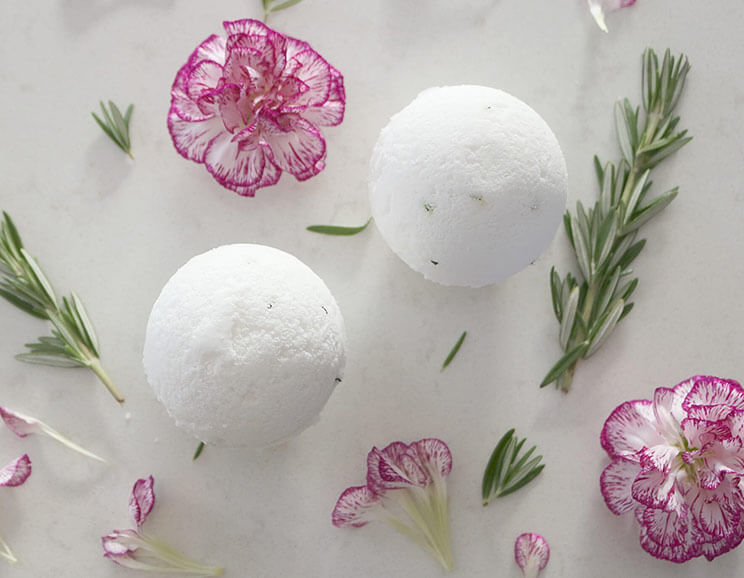
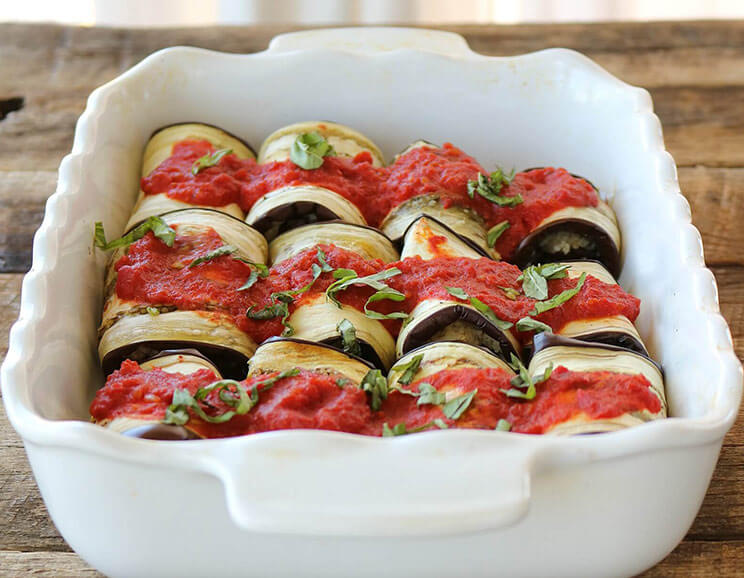
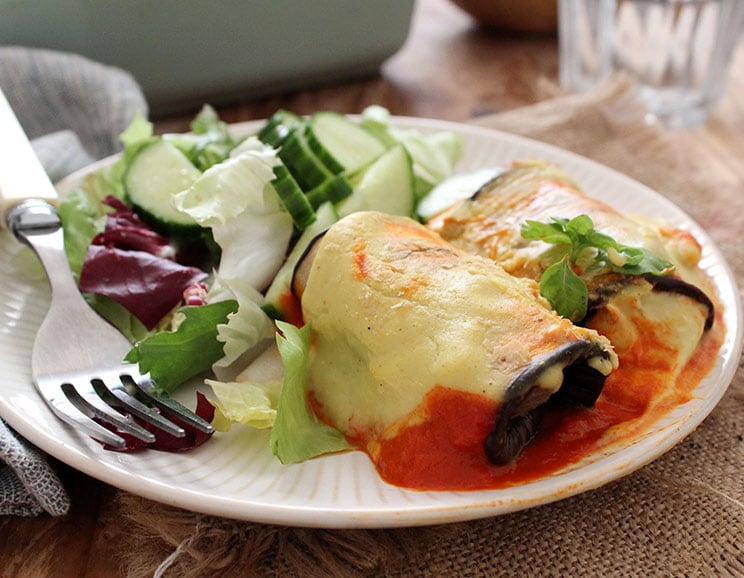
Show Comments